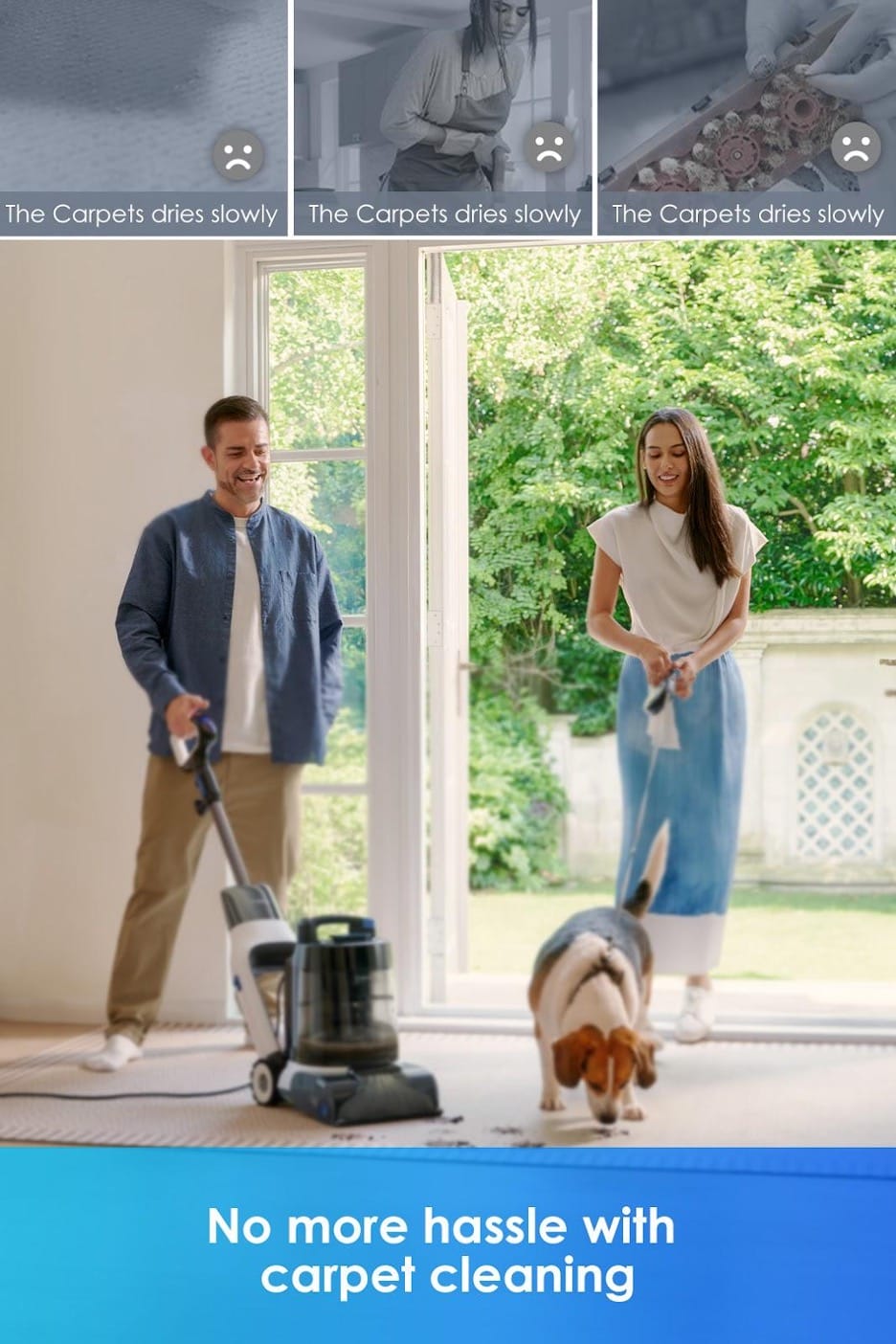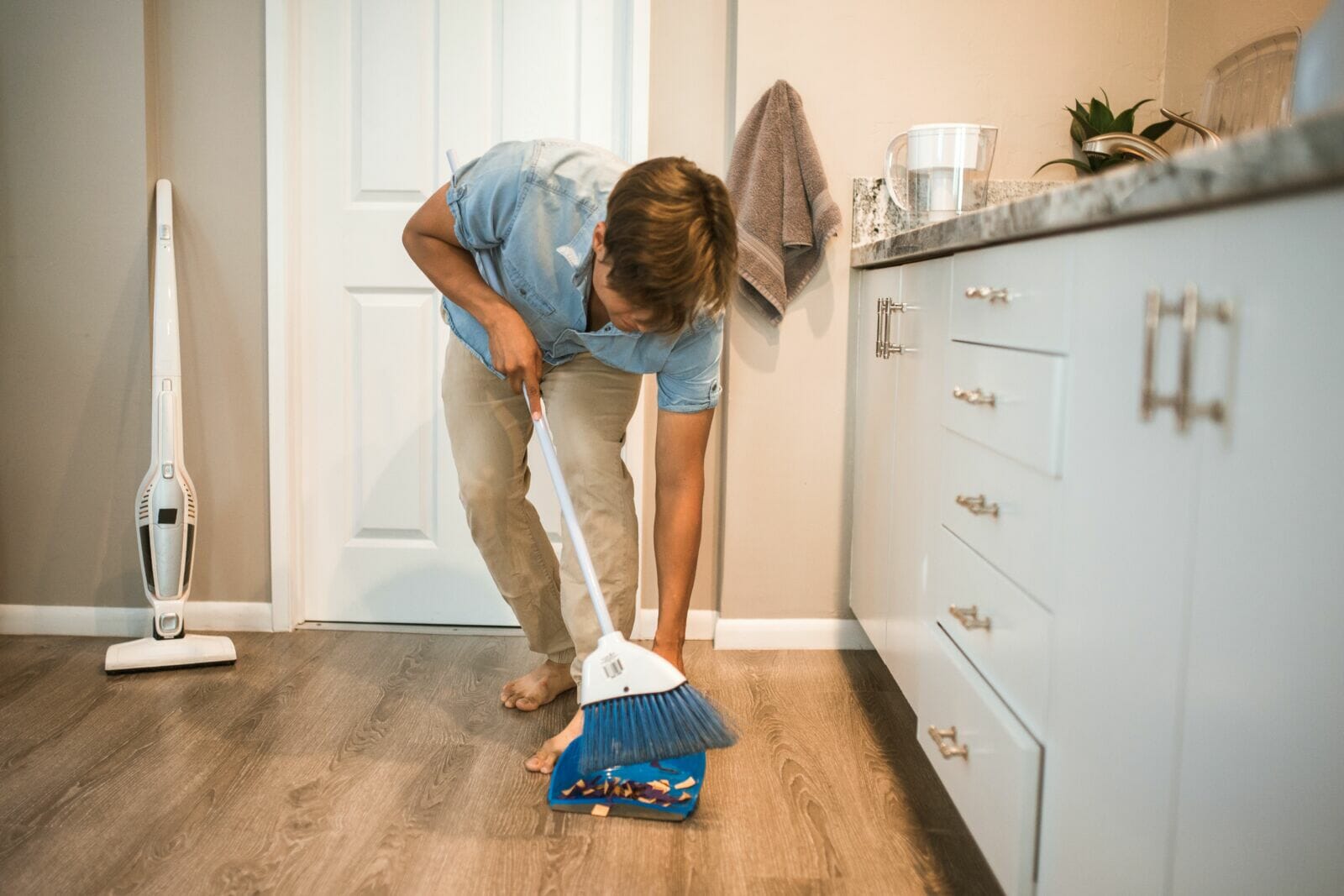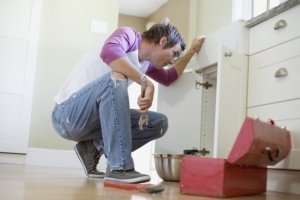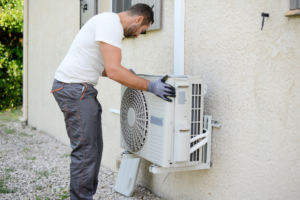Hallways, entryways, and high-traffic areas are always wear and tear and are busy commercial spaces. They are stepped on, caked in dirt, spilled on, and abused. To make them last long, they must have proper care. Preventing long-term damage to your floor, whether in business or home, is the way. In this article, we will show you how to keep your high-traffic flooring from wearing out in the long term.
MORE NEWS: The 10 fastest-growing housing markets in Arizona
High Traffic Area Care
All areas subjected to the brunt of high traffic are more prone to damage by dirt, moisture, and debris than other areas. It sounds like easy-to-clean floors, but these floors need special attention to avoid things like scratches, stains, and structural damage from being trampled on constantly. Preventing long-term deterioration requires regular cleaning.
Entryways, hallways, and kitchens are parts of the home that are exposed to high moisture levels and dirt. It is very dirty, and wet areas need to be cleaned. Dirty floors aren’t pretty, but they can be unhealthy. Allergens like dust, pollen, and pet dander can end up in carpets to the detriment of your health unless you clean them on a regular basis.
Heavy foot traffic is one of the things that can really take a toll on your shoes. Carpet fibers get cut and torn, gritty and dusty, leave permanent stains or patch thinning. Wood or tile floor is not exempt from damage. They’re tough, can be scratched, scuffed, can even have cracks from heavy pedestrian use.
The problems caused by these can however be greatly reduced by regular cleaning and maintenance. Clean air inside brings clean floors. This keeps the flooring and will last forever. Care does matter in areas of heavy use.
How to Maintain High Traffic Floors
Here are some simple, effective practices to keep your high-traffic floors in top condition:
- Frequent Sweeping or Vacuuming: Over time, dirt and grit can do a lot of damage. Sweeping or vacuuming regularly keeps your surface free from scratches and buildup.
- Use Mats or Rugs: Mats should be placed in entryways and under furniture to trap dirt and moisture. It keeps the main floor cleaner longer.
- Clean Spills Immediately: The quicker you can clean up a spill, the less likely the floor will be stained.
- Use Floor-Specific Cleaners: Stop flooring damage by always choosing the right cleaning products based on the material of the flooring.
- Move Furniture Around: Change the furniture arrangement occasionally to keep it from wearing unevenly and help you get under the furniture to clean.
Floor Care Specialized Tools
Regular sweeping or mopping isn’t enough to keep high-traffic areas clean. Deep cleaning carpets are especially susceptible to lots of foot traffic through these areas and should be your number one concern. For proper cleaning, you’ll need a high-quality carpet cleaner. These cleaners reach deep into the fibers to remove dirt that is ground in while vacuuming only picks up surface dust.

The Tineco carpet cleaner is one such case that is designed to clean highly trafficked areas so you don’t bring dirt, dust and allergens into your carpets. It not only helps your floors stay cleaner, but it also helps your air quality in your home or office.
Good carpet cleaner is worth investing in because it keeps your floors clean and the environment. Regular deep cleaning will help prevent premature damages to high traffic areas, and helps to maintain hygiene and comfort.
High Traffic Floor Care Tips
- Inspect for Damage Regularly: Make sure to take care of those scratches or discoloration before they get to a bigger size.
- Reapply Protective Coatings for Hard Floors: Wood floors don’t have to be tough; you can still damage them. A protective coating is periodically applied, and a lifespan is extended.
- Use Furniture Pads: Don’t put heavy furniture on the floor; don’t scratch the floor. Moving furniture from time to time will also prevent wear in one spot.
Conclusion
High-traffic areas need to be maintained to keep these floor areas functional and visually appealing. If you follow these simple practices, your floors will be in great shape for years. And regular care will keep them in good shape, even in high-use areas, and prevent long-term damage.




